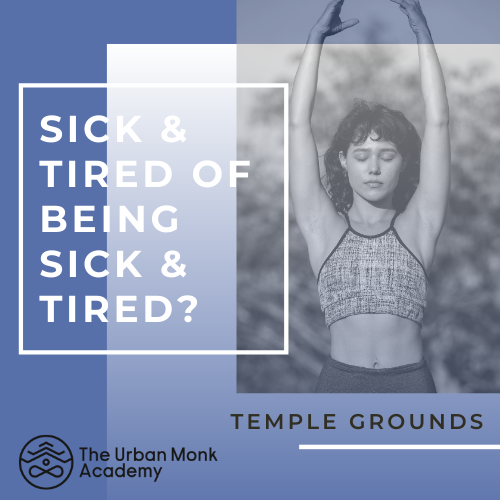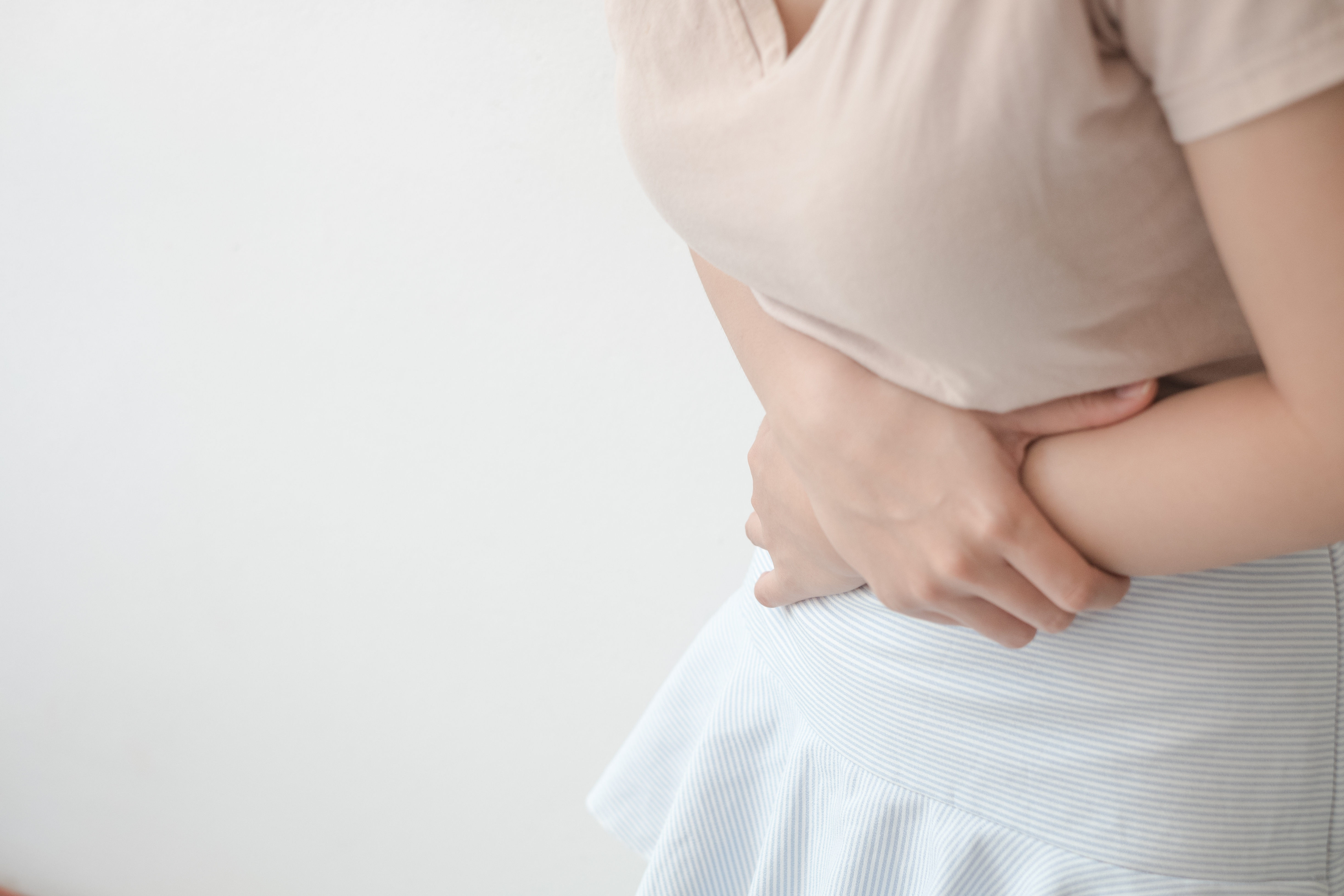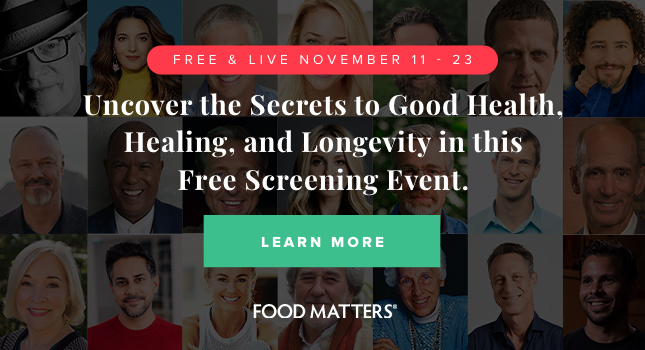|
Become a Patron!
You are using an out of date browser. It may not display this or other websites correctly.
You should upgrade or use an alternative browser.
You should upgrade or use an alternative browser.
Jimi's Daily Health Articles
- Thread starter Jimi
- Start date
Root Causes of Depression and Hashimoto’s
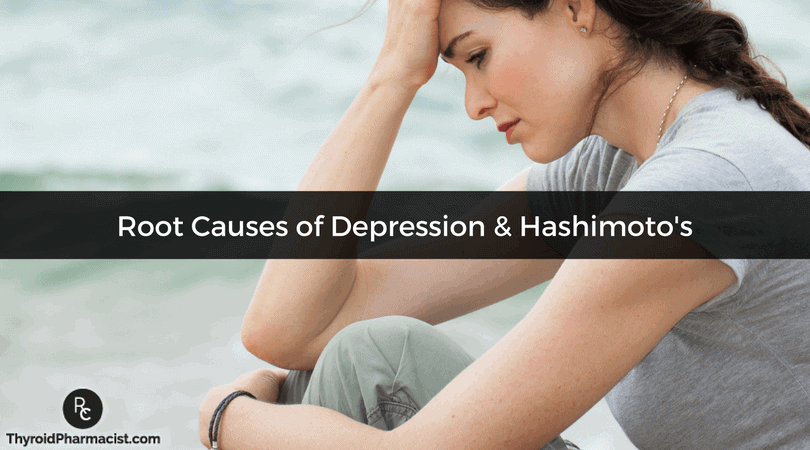
Root Causes of Depression in Hashimoto's - Dr. Izabella Wentz
After fatigue and weight, mood alterations such as depression and anxiety are the most common symptoms in people with Hashimoto's and thyroid disease.
thyroidpharmacist.com
Quality vs. Quantity Sleep: How To Bio-hack Your Sleep

Quality vs. Quantity Sleep: How To Biohack Your Sleep
Quality vs. Quantity Sleep: How To Biohack Your Sleep. All sleep is not created equal. The importance of achieving not only quantity but also the quality.
Age Related Memory Loss
Affected by Emotions
EVANSTON, ILLINOIS - A new study conducted at Northwestern University and published in the journal Psychological Science sought to determine if attitude can affect memory decline.
The team of researchers analyzed data from 991 middle-aged and older U.S. adults and assessed them three times. In the beginning and then two more times in 8 year increments. In the first assessment they just recorded positive emotions of participants but in the final two assessments they also gave them memory tests.
According to lead author, Emily Hittner, a PhD graduate of Northwestern University:
"Our findings showed that memory declined with age. However, individuals with higher levels of positive affect had a less steep memory decline over the course of almost a decade.
If you’re interested in slowing age related memory loss you might want to consider taking steps maintain the most positive attitudes possible.
Have a healthy day,
Affected by Emotions
EVANSTON, ILLINOIS - A new study conducted at Northwestern University and published in the journal Psychological Science sought to determine if attitude can affect memory decline.
The team of researchers analyzed data from 991 middle-aged and older U.S. adults and assessed them three times. In the beginning and then two more times in 8 year increments. In the first assessment they just recorded positive emotions of participants but in the final two assessments they also gave them memory tests.
According to lead author, Emily Hittner, a PhD graduate of Northwestern University:
"Our findings showed that memory declined with age. However, individuals with higher levels of positive affect had a less steep memory decline over the course of almost a decade.
If you’re interested in slowing age related memory loss you might want to consider taking steps maintain the most positive attitudes possible.
Have a healthy day,
|
|
|
|
|
|
Can Men Dine Their Way to Higher Sperm Counts?
By Chauncey Crandall, M.D.
A healthy diet is good for your brain and heart, and also your sperm, new research suggests.
In a study of more than 2,900 Danish men, median age 19, those whose diet was rich in fish, chicken, vegetables, fruit, and water had higher sperm counts than those who ate a "Western" diet rich in pizza, French fries, processed and red meats, snacks, refined grains, sugary beverages, and sweets, researchers found.
Special: Will You Love This Woman's Advice or Hate It?
"Because following a generally healthy diet pattern is a modifiable behavior, our results suggest the possibility of using dietary intervention as a possible approach to improve sperm quality of men in reproductive age," said lead study author Feiby Nassan, postdoctoral research associate at Harvard T.H. Chan School of Public Health in Boston.
Sperm count can affect fertility because the lower the count, the lower the chance of getting a partner pregnant.
For the study, Nassan’s team compared sperm counts among men who ate a healthy diet; a Western diet; a Danish diet rich in cold processed meats, whole grains, mayonnaise, cold fish, condiments, and dairy; and a vegetarian-style diet rich in vegetables, soy milk, and eggs, but no red meats or chicken.
Median sperm counts were highest among men who ate a healthy diet (167 million), followed by the vegetarian-style diet (151 million) and the Danish diet (146 million).
Men who followed a Western diet had the lowest median sperm count (122 million). They also had lower levels of some sex hormones that boost fertility, the investigators found.
By Chauncey Crandall, M.D.
A healthy diet is good for your brain and heart, and also your sperm, new research suggests.
In a study of more than 2,900 Danish men, median age 19, those whose diet was rich in fish, chicken, vegetables, fruit, and water had higher sperm counts than those who ate a "Western" diet rich in pizza, French fries, processed and red meats, snacks, refined grains, sugary beverages, and sweets, researchers found.
Special: Will You Love This Woman's Advice or Hate It?
"Because following a generally healthy diet pattern is a modifiable behavior, our results suggest the possibility of using dietary intervention as a possible approach to improve sperm quality of men in reproductive age," said lead study author Feiby Nassan, postdoctoral research associate at Harvard T.H. Chan School of Public Health in Boston.
Sperm count can affect fertility because the lower the count, the lower the chance of getting a partner pregnant.
For the study, Nassan’s team compared sperm counts among men who ate a healthy diet; a Western diet; a Danish diet rich in cold processed meats, whole grains, mayonnaise, cold fish, condiments, and dairy; and a vegetarian-style diet rich in vegetables, soy milk, and eggs, but no red meats or chicken.
Median sperm counts were highest among men who ate a healthy diet (167 million), followed by the vegetarian-style diet (151 million) and the Danish diet (146 million).
Men who followed a Western diet had the lowest median sperm count (122 million). They also had lower levels of some sex hormones that boost fertility, the investigators found.
| If you are still thinking of putting together a fall garden here is a good resource. My friend and colleague, Stacey Murphy, provides mentorship to thousands of vegetable gardeners of all ages who nourish their loved ones with homegrown, organic food. I’ve seen her workshops touch the lives of beginning growers, vegetable gardeners, and homesteaders. Her students cultivate successful gardens and backyard farms across 6 continents. And now she’s released a brand new Masterclass, “Three scientifically proven strategies for an abundant vegetable and herb garden any time of year (in any climate, indoors or outdoors!)” This Masterclass will help you overcome any obstacles standing in the way of you growing an abundance of fresh vegetables and herbs for your dinner table. It’s a powerful Masterclass... and it’s 100% free. You’ll discover: * What nobody tells you about plants... your plants will LOVE you for knowing this! * How the concepts of “growing zones” and “growing seasons” actually hold you back from real garden success and what to focus on instead. * What the heck the Circle of Awesome is how to allow it to do the work for you It only takes a couple minutes each week to create a thriving garden! Whether you dream of starting a vegetable garden or are an avid gardener wanting to double your harvest or anything in between, I highly recommend Stacey’s work to help you live your dream of nourishing your family with fresh-picked, sun-kissed vegetables. The Masterclass is available now along with her ebook “Your First Step to Grow Organic Vegetables” Register today for this free Masterclass and grab your copy today Keep grow'n, |
Diabetes Drug Recalled: Contains Cancer-Causing Ingredients
Diabetes Drug Recalled: Contains Cancer-Causing Ingredients - | Paleohacks Blog
Diabetes affects over 100 million people living in the U.S. That’s a lot of drugs dispersed daily. So, when there’s a drug recall, it affects millions of people. Drug recalls occur when an over-the-counter or prescription medicine is taken off the market because it’s either defective or possibly...
Carnivore Diet for Type 1 Diabetes: What’s the Problem?
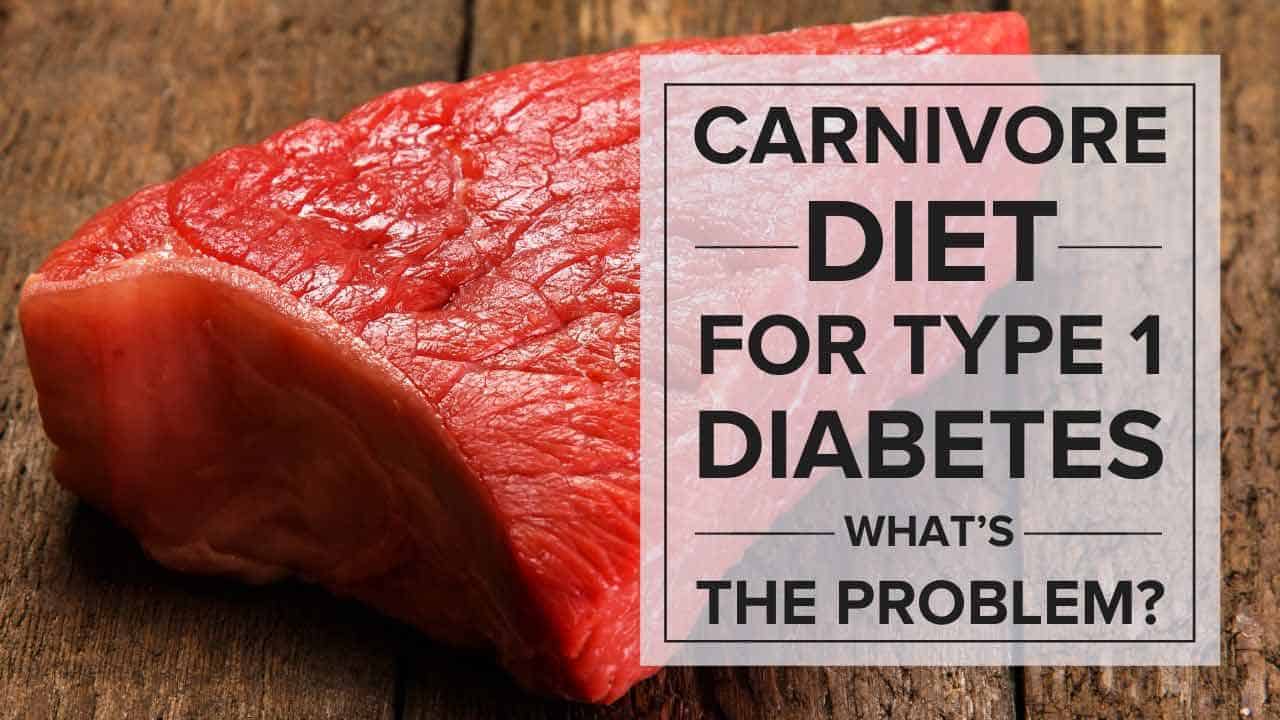
Carnivore Diet for Type 1 Diabetes: What’s the Problem?
Think an all-meat approach is an effective way to manage Type 1 diabetes? Here’s why the Carnivore Diet might not be a great long-term strategy.
|
|
Holiday Hacks: 27 Tips for Staying Healthy During the Holidays
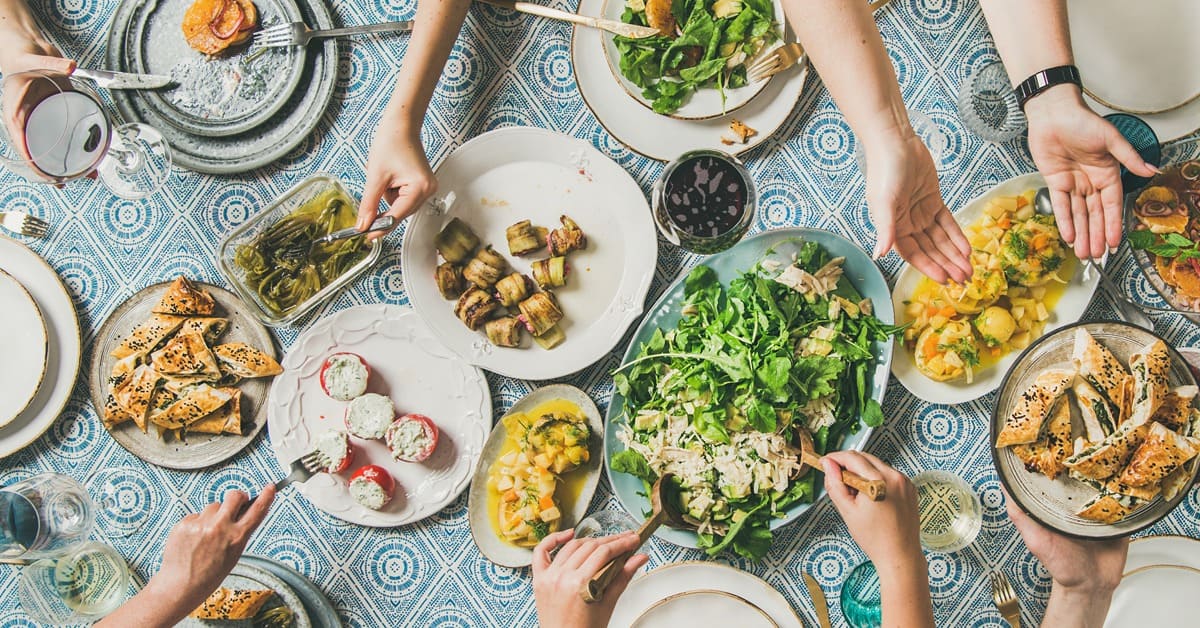
Holiday Hacks: 27 Tips for Staying Healthy During the Holidays
Do you find staying healthy during the holidays a challenge? Discover some helpful holiday hacks and tips that can keep you feeling your best.
The Truth About Sitting and Your Health (And What to Do)

The Truth About Sitting and Your Health (And What to Do) | Yuri Elkaim
Sitting too long raises your risk of disease and death on almost every level. Here are the simple steps you want to take to counteract it.
Hi Jimi,
I notice you haven’t signed up for S.H.I.N.E. 2020 yet. It starts on Friday!
My team and I are putting all the final touches on the schedule, presentations, guest speakers, surprises, and SO much more.
You’re going to see firsthand the creativity, magic, and innovation that will create an incredible, interactive, exclusive, virtual experience!
This is your chance to join us for THE virtual Nutritional Endocrinology event of the year!
If you’ve been thinking about signing up, but have some questions, then let’s chat.
I’m going to be on Zoom tonight, Monday November 9th, from 8pm to 8:45pm ET (5pm PT, 6pm MT, 7pm CT). I’ll stream it live to Facebook if you prefer to listen in and type in your questions. I’ll also give a few more details about what you can expect at S.H.I.N.E. 2020.
I've created some brand new documents that outline my “Reversing Autoimmunity” Framework, and we have some great activities planned so you’ll learn while having fun.
I hope to talk tonight - and more importantly, I hope to see you at SHINE.
Join me tonight on Zoom
OR Join me tonight on Facebook.
Wishing you joy, love, health and peace.
I notice you haven’t signed up for S.H.I.N.E. 2020 yet. It starts on Friday!
My team and I are putting all the final touches on the schedule, presentations, guest speakers, surprises, and SO much more.
You’re going to see firsthand the creativity, magic, and innovation that will create an incredible, interactive, exclusive, virtual experience!
This is your chance to join us for THE virtual Nutritional Endocrinology event of the year!
If you’ve been thinking about signing up, but have some questions, then let’s chat.
I’m going to be on Zoom tonight, Monday November 9th, from 8pm to 8:45pm ET (5pm PT, 6pm MT, 7pm CT). I’ll stream it live to Facebook if you prefer to listen in and type in your questions. I’ll also give a few more details about what you can expect at S.H.I.N.E. 2020.
I've created some brand new documents that outline my “Reversing Autoimmunity” Framework, and we have some great activities planned so you’ll learn while having fun.
I hope to talk tonight - and more importantly, I hope to see you at SHINE.
Join me tonight on Zoom
OR Join me tonight on Facebook.
Wishing you joy, love, health and peace.
|
|
|
|
|
Military Researchers Make Startling Discovery About Suicide Risk and Brain Health
Military Scientists Discover Health Shocking Health Secret | JayLab Pro Nutrition
Although there are many reasons why a person may commit suicide, new research shows this may also contribute to the risk.
How to Make Elderberry Syrup (Video)
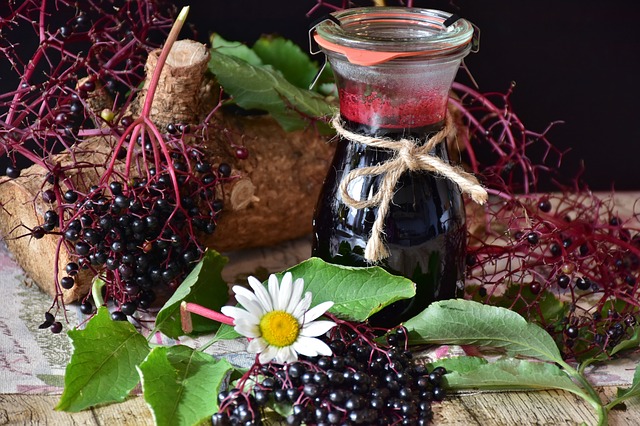
How to Make Elderberry Syrup (Video) - The Grow Network
When you're learning how to make elderberry syrup, the simplest recipes can be best. This 2-minute video walks you through the process.
 thegrownetwork.com
thegrownetwork.com
The Mediterranean Diet Promotes Eye Health
PORTUGAL—A recent study conducted at the University of Coimbra and presented at the 120th annual meeting of the American Academy of Ophthalmology found that the Mediterranean helps enhance eye health.
The study included 883 participants; 449 had early-stage AMD with no vision loss, while 434 didn’t have AMD. Age-related macular degeneration (AMD) is a leading cause of blindness. The researchers assessed food questionnaires that the participants completed between 2013 and 2015.
The team found that those who followed the Mediterranean had a 35 percent reduced risk of AMD, compared to those who did not follow the diet as closely.
According to the study author Rufino Silva:
“This research adds to the evidence that a healthy, fruit-rich diet is important to health, including helping to protect against macular degeneration.”
In addition to fruit, the following foods are considered part of the Mediterranean diet:
If you are interested in improving or protecting your eye health as you age, you might want to consider following the Mediterranean diet.
Have a healthy day,
PORTUGAL—A recent study conducted at the University of Coimbra and presented at the 120th annual meeting of the American Academy of Ophthalmology found that the Mediterranean helps enhance eye health.
The study included 883 participants; 449 had early-stage AMD with no vision loss, while 434 didn’t have AMD. Age-related macular degeneration (AMD) is a leading cause of blindness. The researchers assessed food questionnaires that the participants completed between 2013 and 2015.
The team found that those who followed the Mediterranean had a 35 percent reduced risk of AMD, compared to those who did not follow the diet as closely.
According to the study author Rufino Silva:
“This research adds to the evidence that a healthy, fruit-rich diet is important to health, including helping to protect against macular degeneration.”
In addition to fruit, the following foods are considered part of the Mediterranean diet:
- Vegetables
- Legumes
- Whole grains and nuts
- Fatty fish
- Olive Oil
If you are interested in improving or protecting your eye health as you age, you might want to consider following the Mediterranean diet.
Have a healthy day,
Dr. Chauncey Crandall, M.D., writes:
A few bites of dark chocolate might offer a slight and temporary bump up in vision quality, research suggests. Heart-healthy compounds called flavanols appeared to sharpen eyesight for a group of 30 healthy young adults.
There’s been evidence in prior studies that the antioxidant flavanols in dark chocolate might help boost blood flow to the nervous system, boost heart function, and even help preserve the aging brain.
Special: Dr. Brownstein: Eye-Opening NEW Vision Formula Protects Eyesight
To find out, researchers had 30 healthy adults, averaging 26 years of age, eat either a 1.5-ounce Trader Joe’s 72% Cacao Dark Chocolate bar or a similar-sized Trader Joe’s Crispy Rice Milk Chocolate bar.
Labels were removed from each bar so participants didn’t know what type of chocolate they were eating. About two hours later, each participant underwent vision testing using standard letter-based eye charts.
The result? Compared to people who’d eaten milk chocolate, those who’d snacked on the dark chocolate showed “small enhancements in visual acuity and large-letter contrast.”
Dr. Chauncey W. Crandall is author of Dr. Crandall’s Heart Health Report newsletter. He is a Yale graduate and is chief of the Cardiac Transplant Program at the world-renowned Palm Beach Cardiovascular Clinic in Palm Beach Gardens, Florida. He practices interventional, vascular, and transplant cardiology.
A few bites of dark chocolate might offer a slight and temporary bump up in vision quality, research suggests. Heart-healthy compounds called flavanols appeared to sharpen eyesight for a group of 30 healthy young adults.
There’s been evidence in prior studies that the antioxidant flavanols in dark chocolate might help boost blood flow to the nervous system, boost heart function, and even help preserve the aging brain.
Special: Dr. Brownstein: Eye-Opening NEW Vision Formula Protects Eyesight
To find out, researchers had 30 healthy adults, averaging 26 years of age, eat either a 1.5-ounce Trader Joe’s 72% Cacao Dark Chocolate bar or a similar-sized Trader Joe’s Crispy Rice Milk Chocolate bar.
Labels were removed from each bar so participants didn’t know what type of chocolate they were eating. About two hours later, each participant underwent vision testing using standard letter-based eye charts.
The result? Compared to people who’d eaten milk chocolate, those who’d snacked on the dark chocolate showed “small enhancements in visual acuity and large-letter contrast.”
Dr. Chauncey W. Crandall is author of Dr. Crandall’s Heart Health Report newsletter. He is a Yale graduate and is chief of the Cardiac Transplant Program at the world-renowned Palm Beach Cardiovascular Clinic in Palm Beach Gardens, Florida. He practices interventional, vascular, and transplant cardiology.
|
|
|
|
|
BAD NEWS for frankenfish: Federal court says genetically engineered salmon is UNLAWFUL
https://www.naturalhealth365.com/frankenfish-genetically-engineered-3618.html







|
|
It's back by popular demand!
This is your official invite to a Special Encore of the Superfood Garden Summit, and it’s starting SOON!
Discover how to grow the most super-charged, nutrient-rich foods on the planet - Superfoods! Because these are the foods that contribute most to your health, vitality and longevity.
Join thousands of growers around the world for the viewing of this FREE 3-day online event here.
If you missed any part of the Superfood Garden Summit event this summer… now is your chance.
- AND - if you DID join us this summer, you’ll definitely want to tune in again!
BECAUSE THIS TIME…
You know things about your garden that you didn't know earlier this summer.
AND, you're going to hear new nuggets of wisdom that you didn't even know to listen to before.
Remember the event is free of charge for 3 days only.
You will hear NEW nuggets of wisdom when you listen again. The more you know… the more you grow!
Get access now to the Superfood Garden Summit
Check it out... you won't want to miss this line-up:
- Vegetable & Herb Plants 101 - Stacey Murphy
- How to Grow a Non-Stop Supply of Microgreens - Crystal Meserole
- 4 Easy Ways to Grow Mushrooms - Tradd Cotter
- Mistakes I Made So You Don’t Have To - Tom Bartel
- Garden Healing: Celebrating Biodiversity and Peace - Manju Handa
- Regenerative Soil for an Abundant Harvest - Matt Powers
- Small Scale Vermicomposting You Can Do Anywhere - Rob Herring
- Boosting the Nutrition of Your Edible Plants - Jessica Smith
- Getting Your Garden Watered - Greg Peterson
- Grow Your Own Spirulina - Dale Solomon
- Garden Like an Herbalist - Heather Irvine
- Heirloom Seeds & Picking Plants for Maximum Nutrition - Jason Matyas
- Succession Planting & Intercropping for Better Yields - Melissa Norris
- Setting Up Your Herbal Kitchen Medicine - Kami McBride
- 3 Unusual Superfoods That You Can Grow Right At Home - Marjory Wildcraft
Once you register, you will get immediate access to the first 5 presentations. Here's some key takeaways about this event from your fellow community of gardeners:
"Using an old freezer to compost year round with the aid of Red Wiggler worms... thanks!" - Marcia F.
"Now I know I am not the only one who deals with the struggles of weather, poor soil and sometimes I just don't know what went wrong. Thank you."- Lyda E.
"I always have wanted to be more self-sufficient and not rely on the market to meet my vegetable needs". ~ Lisa M.
Learn to grow superfoods successfully here.
EMF-Emitting Satellites: What You Need to Know

EMF-Emitting Satellites: What You Need to Know
While many people are well aware of the sources of EMF in their immediate environment, and may even be taking measures to mitigate their impact, there’s a new dangerous hidden source of EMF that most people don’t even consider... EMF-emitting satellites.
|
|
10-Day Kidney Cleanse For Better Energy & Skin Health
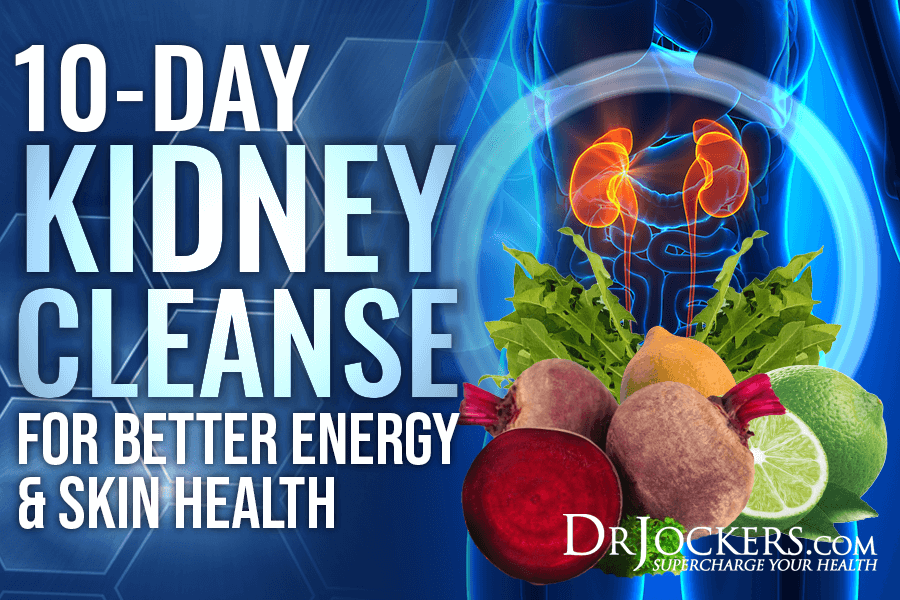
10-Day Kidney Cleanse For Better Energy & Skin Health
In this article, you will learn about the importance of kidney health and how to do a 10 day kidney cleanse to improve your health!
Sinus Congestion: Causes, Symptoms & Support Strategies
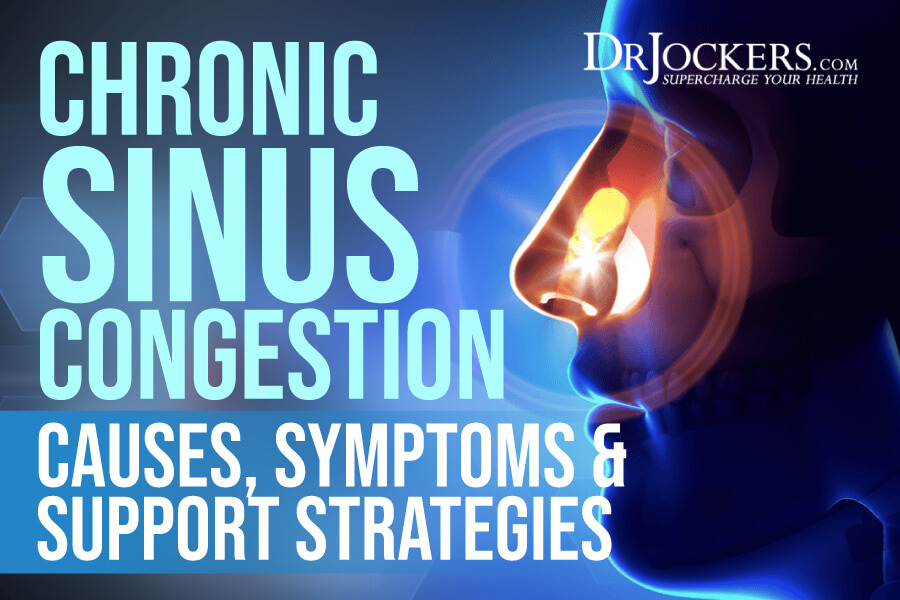
Sinus Congestion: Causes, Symptoms & Support Strategies
In this article, you will learn what sinus congestion is. I will explain the symptoms and major causes of chronic sinus congestion.
Leptin Resistance: Causes, Symptoms and Support Strategies
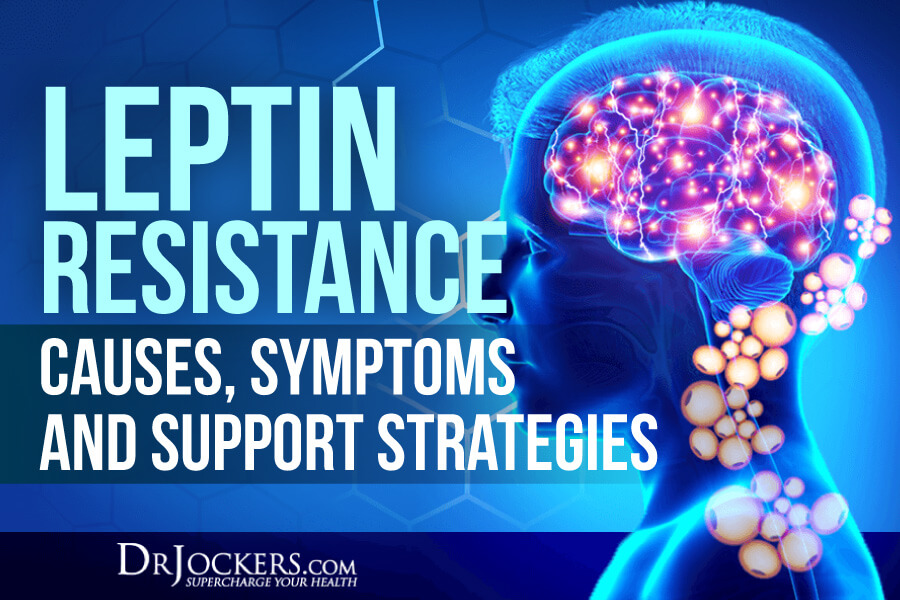
Leptin Resistance: Causes, Symptoms and Support Strategies
In this article, I will explain what leptin is, how leptin resistance works and develops and strategies to improve hormone sensitivity.
Greetings!
When you think about sour condiments, what comes to mind? Perhaps lemon juice, vinegar ... how about unripe grape juice?
Unripe or green grapes (and other unripe fruits) have long been used to make a sour juice that can be used just like apple cider vinegar or lemon juice in salads, soups, and even desserts.
This preparation is known as sharab el hosrom in Arabic, ab ghooreh in Persian, and verjuice in France.
In our latest blog post, herbalist Nada Beydoun shares that this hosrom juice also has many health benefits!
As Nada says, "Hosrom or verjuice is an antimicrobial kitchen staple that I use whenever I feel the signs of a cold coming on, such as a sore throat or sinus congestion."

Find out more about hosrom and how to make it here.
Warmly,
Emily Han
LearningHerbs
PS...
Like apple cider vinegar, you can take hosrom by the spoonful, add it to water, or use it in your cooking.
Go here to get Nada's recipe for Hosrom with Goldenrod Sage Honey.
When you think about sour condiments, what comes to mind? Perhaps lemon juice, vinegar ... how about unripe grape juice?
Unripe or green grapes (and other unripe fruits) have long been used to make a sour juice that can be used just like apple cider vinegar or lemon juice in salads, soups, and even desserts.
This preparation is known as sharab el hosrom in Arabic, ab ghooreh in Persian, and verjuice in France.
In our latest blog post, herbalist Nada Beydoun shares that this hosrom juice also has many health benefits!
As Nada says, "Hosrom or verjuice is an antimicrobial kitchen staple that I use whenever I feel the signs of a cold coming on, such as a sore throat or sinus congestion."
Find out more about hosrom and how to make it here.
Warmly,
Emily Han
LearningHerbs
PS...
Like apple cider vinegar, you can take hosrom by the spoonful, add it to water, or use it in your cooking.
Go here to get Nada's recipe for Hosrom with Goldenrod Sage Honey.
| ||||||||
3 Ways Sugar Harms Your Heart
By Chauncey Crandall, M.D.
Simply put, sugar is a carbohydrate. There are many different types of specialty sugars for baking, cooking, and other specific purposes, but all of them are basically a form of glucose, a substance that occurs naturally in plants and fruits.
There is a well-rooted myth that refined sugar — the kind you keep in your sugar bowl — is the worst type, and that there is something inherently better about raw sugar, brown sugar, honey, or molasses.
Special: Doctors Using Magnesium to Reverse Diabetes
But it’s not true. Sugar is sugar. And all sugar is a source of empty calories.
The best that can be said for these other forms of sugar — like honey, maple syrup, and molasses — is that you can use a smaller amount of them. So, if you want something sweet, they are better than refined sugar. But watch the amount.
When it comes to your heart, sugar causes harm in three major ways:
Inflammation. There is good inflammation and bad inflammation. The bad inflammation, particularly chronic inflammation (which sugar fuels), is the type that is increasingly recognized as the driver of cardiovascular problems, including heart disease and stroke.
Diabetes. Some 29 million Americans, or 9% of the population, have diabetes — yet millions of them remain unaware of it. Although it’s tempting to assume that eating too much sugar automatically translates into diabetes, that isn’t the case. Genetics can be involved, as can the overconsumption of carbohydrates and fats. Most people who have diabetes are also overweight, and losing weight helps reduce the risk of this metabolic disorder.
Heart Disease. Sugar is now seen as a leading factor in the development of the cholesterol condition known as “dyslipidemia.” People with this condition have a particularly unhealthy blood lipid profile in which triglycerides are high and HDL cholesterol, the so-called “good” cholesterol, is low. Recent studies have found that lipid ratio can contribute to several health problems, especially heart disease and stroke.
By Chauncey Crandall, M.D.
Simply put, sugar is a carbohydrate. There are many different types of specialty sugars for baking, cooking, and other specific purposes, but all of them are basically a form of glucose, a substance that occurs naturally in plants and fruits.
There is a well-rooted myth that refined sugar — the kind you keep in your sugar bowl — is the worst type, and that there is something inherently better about raw sugar, brown sugar, honey, or molasses.
Special: Doctors Using Magnesium to Reverse Diabetes
But it’s not true. Sugar is sugar. And all sugar is a source of empty calories.
The best that can be said for these other forms of sugar — like honey, maple syrup, and molasses — is that you can use a smaller amount of them. So, if you want something sweet, they are better than refined sugar. But watch the amount.
When it comes to your heart, sugar causes harm in three major ways:
Inflammation. There is good inflammation and bad inflammation. The bad inflammation, particularly chronic inflammation (which sugar fuels), is the type that is increasingly recognized as the driver of cardiovascular problems, including heart disease and stroke.
Diabetes. Some 29 million Americans, or 9% of the population, have diabetes — yet millions of them remain unaware of it. Although it’s tempting to assume that eating too much sugar automatically translates into diabetes, that isn’t the case. Genetics can be involved, as can the overconsumption of carbohydrates and fats. Most people who have diabetes are also overweight, and losing weight helps reduce the risk of this metabolic disorder.
Heart Disease. Sugar is now seen as a leading factor in the development of the cholesterol condition known as “dyslipidemia.” People with this condition have a particularly unhealthy blood lipid profile in which triglycerides are high and HDL cholesterol, the so-called “good” cholesterol, is low. Recent studies have found that lipid ratio can contribute to several health problems, especially heart disease and stroke.
|
|
|
Dystopian "Great Reset": "Own Nothing and Be Happy", Being Human in 2030
Dystopian "Great Reset": "Own Nothing and Be Happy", Being Human in 2030
The World Economic Forum's (WEF) annual meeting at the end of January in Davos, Switzerland, brings together international business and political leaders, economists and other high-profile individuals to discuss global issues. Driven by the vision of its influential CEO Klaus Schwab, the WEF is...
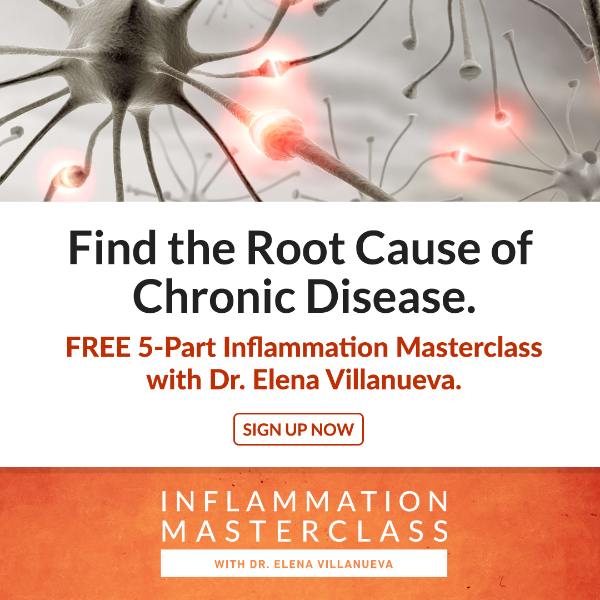
|
| Inflammation Masterclass with Dr. Elena Villanueva Inflammation, when functioning properly, is essential to help the body fight off hostile microbes and repair damaged tissue. However, there is a much darker side to inflammation. This masterclass will give you everything you need to know about inflammation, its impact on your health, how to keep it from spreading, what you can do to reduce existing inflammation, and how to keep it away for good! The masterclass starts on November 8. Register Now |
Hey Jimi, hope you are doing well today.

Our friends at The Sacred Plant have just released an outstanding new report / eRecipe book that they're giving away today and you don't want to miss...
Get 8 Cancer Avoiding Smoothies FREE right here today
In this evidence-based guide, you're about to discover:
> 5 Things Shooting Your Risk of Cancer Through the Roof
> 5 Key Anti-Cancer Properties to Know and look for in foods / ingredients
> The 3 MUST-HAVE Types of Ingredients to include in any anti-cancer smoothie
And, of course, the recipes for 8 Cancer Avoiding Smoothies...
...Including easy 3-ingredient smoothies such as Pineapple Pep, 5-Ingredient smoothies such as Chocoholics Tonic (yum -- my favorite so far), and several 8-ingredient smoothies such as Coconut Crunch.
Head here now to get this important and very useful new report / eRecipe book FREE today

As the name implies, the ingredients in these delicious smoothies pack a powerful punch against cancer...
And they can fight many other disease and boost health overall, so don't miss this one!
To Your Best Years Starting Now,
Brian Vaszily
P.S. BE SURE to read the section on Your Secret Weapon Against Cancer in this free guide. It concisely explains what you really need to know about an ingredient that is "all the rage" right now, including why it can be so powerful and also how to stay safe when choosing it!
Head here now
Our friends at The Sacred Plant have just released an outstanding new report / eRecipe book that they're giving away today and you don't want to miss...
Get 8 Cancer Avoiding Smoothies FREE right here today
In this evidence-based guide, you're about to discover:
> 5 Things Shooting Your Risk of Cancer Through the Roof
> 5 Key Anti-Cancer Properties to Know and look for in foods / ingredients
> The 3 MUST-HAVE Types of Ingredients to include in any anti-cancer smoothie
And, of course, the recipes for 8 Cancer Avoiding Smoothies...
...Including easy 3-ingredient smoothies such as Pineapple Pep, 5-Ingredient smoothies such as Chocoholics Tonic (yum -- my favorite so far), and several 8-ingredient smoothies such as Coconut Crunch.
Head here now to get this important and very useful new report / eRecipe book FREE today
As the name implies, the ingredients in these delicious smoothies pack a powerful punch against cancer...
And they can fight many other disease and boost health overall, so don't miss this one!
To Your Best Years Starting Now,
Brian Vaszily
P.S. BE SURE to read the section on Your Secret Weapon Against Cancer in this free guide. It concisely explains what you really need to know about an ingredient that is "all the rage" right now, including why it can be so powerful and also how to stay safe when choosing it!
Head here now
Hi ,
Want to know the secret to turn even the most boring ingredients into a scrumptious feast?
Add sauce(s)!
Sauces are the quickest and easiest way to punch up the flavor and make a dish really pop. And it's always best to make them yourself because store-bought sauces often have sugar, salt, oils, flavor enhancers and can get pricey - especially if you like to smother your dishes like us!
So to share the joy, here are 5 amazing plant-based sauce recipes for you to try out!
All 5 recipes have been prepared by the culinary team at Veg Health (they also have a nutritionist on their team so you know you're in for a healthy treat!)...
Whether you’re whipping up tacos, stir fry, pastas, or veggie bowls, you can use these five recipes to:
On top of the five sauce recipes, the Veg Health team has invited the award-winning, plant-based chef Mark Reinfeld to show you surprising and creative ways to use your new sauces in a special bonus video.
Go here to get your complimentary copy of the Sauce Factor plus your bonus video from Chef Mark!
Enjoy and let us know which one is your favorite!
Live once, thrive daily
Tobi & Luke
P.S. Can't wait to try the “cheesy” sauce with the next burrito bowl or dip... try it for yourself when you download The Sauce Factor!
Want to know the secret to turn even the most boring ingredients into a scrumptious feast?
Add sauce(s)!
Sauces are the quickest and easiest way to punch up the flavor and make a dish really pop. And it's always best to make them yourself because store-bought sauces often have sugar, salt, oils, flavor enhancers and can get pricey - especially if you like to smother your dishes like us!
So to share the joy, here are 5 amazing plant-based sauce recipes for you to try out!
All 5 recipes have been prepared by the culinary team at Veg Health (they also have a nutritionist on their team so you know you're in for a healthy treat!)...
Whether you’re whipping up tacos, stir fry, pastas, or veggie bowls, you can use these five recipes to:
- Turn a simple meal into a wow-worthy culinary experience
- Get even the pickiest eaters to LOVE plant-based dishes
- Give your leftovers and old recipes a makeover with exciting new flavors
On top of the five sauce recipes, the Veg Health team has invited the award-winning, plant-based chef Mark Reinfeld to show you surprising and creative ways to use your new sauces in a special bonus video.
Go here to get your complimentary copy of the Sauce Factor plus your bonus video from Chef Mark!
Enjoy and let us know which one is your favorite!
Live once, thrive daily
Tobi & Luke
P.S. Can't wait to try the “cheesy” sauce with the next burrito bowl or dip... try it for yourself when you download The Sauce Factor!
|
| If you’re concerned about the future of food security for both your family and the greater world, you’re not alone. This is something I’ve been interested in even before the events of 2020. But now, it seems more important than ever to ensure we all have access to a variety of healthy foods for years to come. I’ve signed up for this event and thought you might want to check it out: the 2020 Global Seed Summit. It’s a free, 4-day online Summit gathering thousands of people around the world to learn from leading visionaries about why seeds are the key to a food secure future for individuals and society (and what you can do about it at home). Attend for free this November 17-20 to feel in control of your food again and cultivate a healthier and more self-sufficient life. Keep grow'n, Jason |
Study: Chili Peppers May Extend Your Life
Study: Chili Peppers May Extend Your Life
The spice that adds punch to your favorite Kung Pao chicken, Tex-Mex chili, or Indian curry may also help save your life. Preliminary research shows that eating chili pepper may reduce your risk of death from heart disease, cancer, and other causes, building on past studies...
How to be Thankful Grateful Blessed This Fall

How to be Thankful Grateful Blessed This Fall - Pink Fortitude, LLC
It's finally fall! The leaves are changing, the air is cooler, and there is pumpkin spice everywhere you go. We celebrate Thanksgiving and the season to be thankful. It's also a time to celebrate World Gratitude Day. But how? Here are some easy ways to be thankful grateful blessed this fall.
|
|
|
The Sugar and Cancer Connection: Why Sugar Is Called “The White Death”
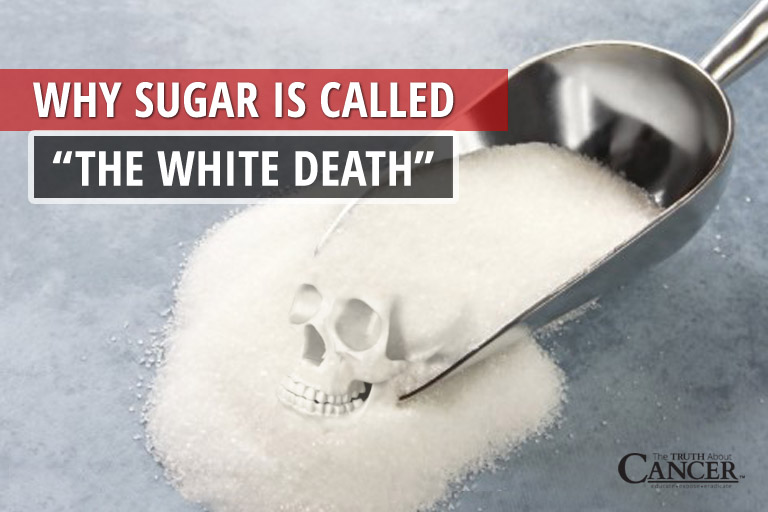
The Sugar and Cancer Connection: Why Sugar Is Called 'The White Death'
As good as it may taste, sugar is NOT your friend. It may “feel' like your friend when it comforts you (due to the beta-endorphin rush in your brain), but sugar is really your ENEMY. Truth be told, regular consumption of sugary foods is one of the worst things that you can do for your health...
Berries: A Top Anti-Diabetes Food
Berries: A Top Anti-Diabetes Food
Berries aren’t called superfoods for nothing. A review covering 336 scientific articles on these fruits has shown that berry consumption can go a long way in preventing and managing Type 2 diabetes and its complications


